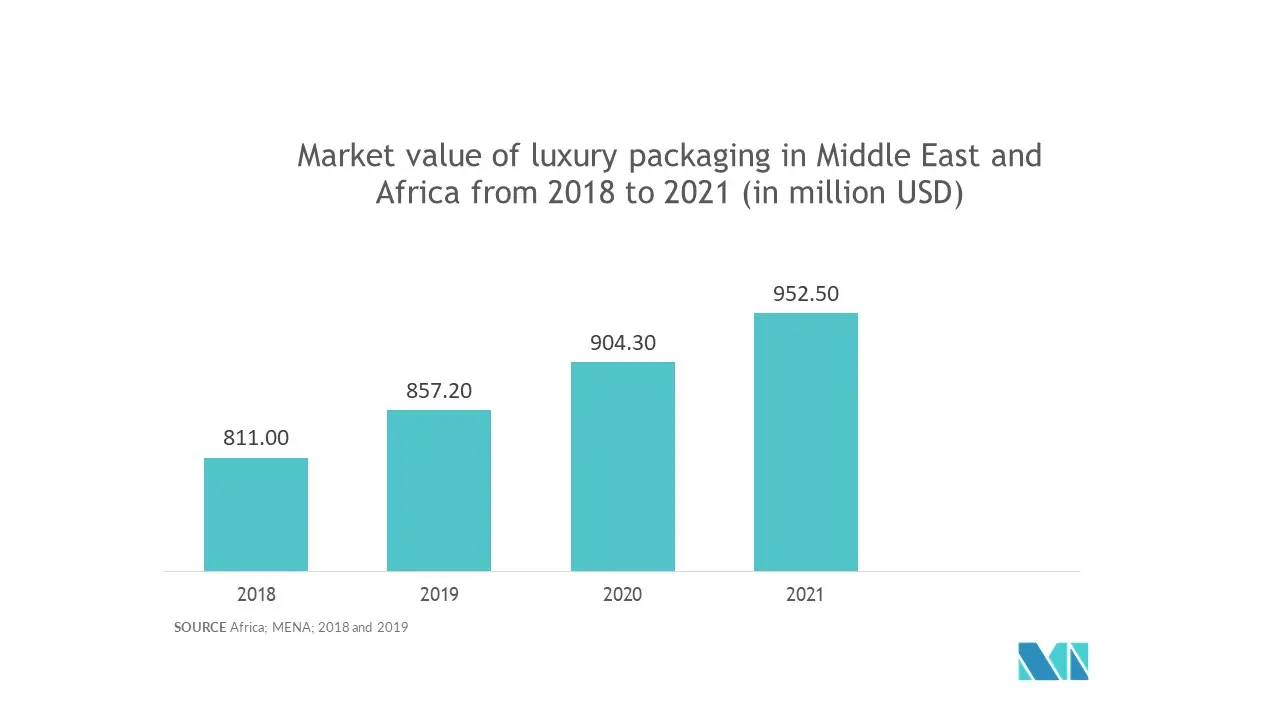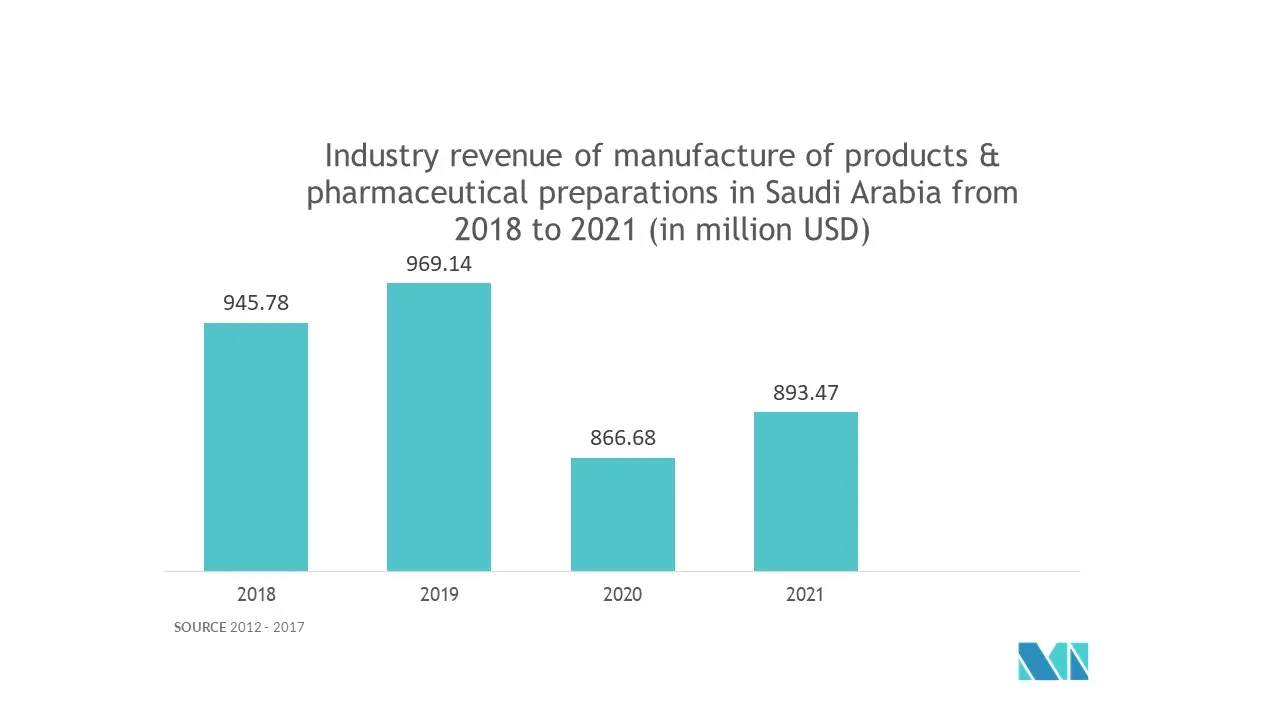Market Trends of MEA Pharmaceutical Packaging Industry
This section covers the major market trends shaping the MEA Pharmaceutical Packaging Market according to our research experts:
Bottle Packaging segment to hold biggest operating expense
Glass and Plastic Bottles are used for various kinds of drug packaging in the region. A considerable number of pharmaceutical formulations have been packaged using glass containers, and they are usually the first choice of packaging materials.
- Bottles have been the preferred mode of packaging tablets and capsules. They are also used for packaging liquid dosages like syrups, nasal and ophthalmic medications. Plastic bottles will continue to have the highest market share among primary pharmaceutical containers, reflecting the usage in the bulk and prescription dose packaging of oral ethical drugs and the packaging of solid dose oral over-the-counter medicines in large quantities.
- There are many kinds of medicine packaging plastic materials, including PVC, PE, PP, PS, PET, nylon, etc. The PE, PP, and PET account for the largest proportion; however, the amount of PVC is reducing. The largest share within plastic bottles is for ovals, square and round containers with threaded necks designed to fit a wide variety of closures.
- However, the market is getting progressively occupied by Plastic bottles. Plastic bottles manufactured using high-density polyethene (HDPE) and polyethene terephthalate (PET) are being used to pack pharmaceuticals than glass. This is due to high temperature and impact resistance, the excellent barrier to gas and moisture, and transparency and opacity properties.
- Moreover, bottles are used in large quantities for oral drugs that are distributed through prescription in the region. Bulk dose volumes that are mailed to pharmacies are conveniently packed in plastic bottles.
- Hence, based on the requirement and usage, the types of bottles are made. The ease of use and high demand for plastic bottles in the pharmaceutical packaging industry will help the market grow, and it will be the highest market shareholder in the forecast period of 2021-2026.

Saudi Arabia to hold profitable market share
Saudi Arabia has emerged as one of the most lucrative markets for the pharmaceutical packaging sector. Drug imports account for more than 80% of the market, as it heavily relies on external markets for meeting the ever-growing domestic demand. Pharmaceutical packaging materials are widely used for the repackaging and export of semi-finished medicaments processed in this region. These repackaged drugs are commercially sold in neighboring countries to address the demand-supply paradigm.
- Public spending on healthcare has improved considerably over the last few years; the rise in chronic diseases, especially COVID-19 and other health ailments, has contributed to the growth of the pharmaceutical sector. The use of specialty pharma drugs is expected to witness high growth in this region.
- Saudi Arabia is widely known as a pharma manufacturing hot spot in the Middle East. The country has been estimated to account for more than half of the GCC pharmaceuticals market. The Saudi government has been taking several proactive measures to diversify the domestic sector, which is heavily reliant on petroleum and oil. The Saudi Arabian healthcare sector is world-renowned as one of the most sophisticated healthcare networks.
- Moreover, the development of four ‘economic’ cities (namely KAEC, PABMEC, KEC, and JEC) is expected to create new opportunities for the establishment of pharmaceutical processing units in this region. Pharma giants like Pfizer have taken a keen interest in expanding their operations in a bid to gain more ground in the GCC region.
- However, collaborating with local companies remains a considerable challenge for global companies, as they are required to meet their quality standards and comply with regional regulations. The Saudi Food and Drug Authority, in conjunction with other GCC member countries, is responsible for the pricing of pharmaceutical products in this region. Pharmaceutical packaging companies could be prompted to cut down on their prices by drug manufacturers in a bid to keep the overall production costs under check.
- This region is currently growing through a transition due to the fluctuations in the oil prices; however, strong economic reserves are expected to offset the impact of the reduction in oil prices in the short term. These macroeconomic changes are anticipated to have an indirect impact on the pharmaceutical packaging market. However, the overall demand shall remain fairly high over the reporting period.


